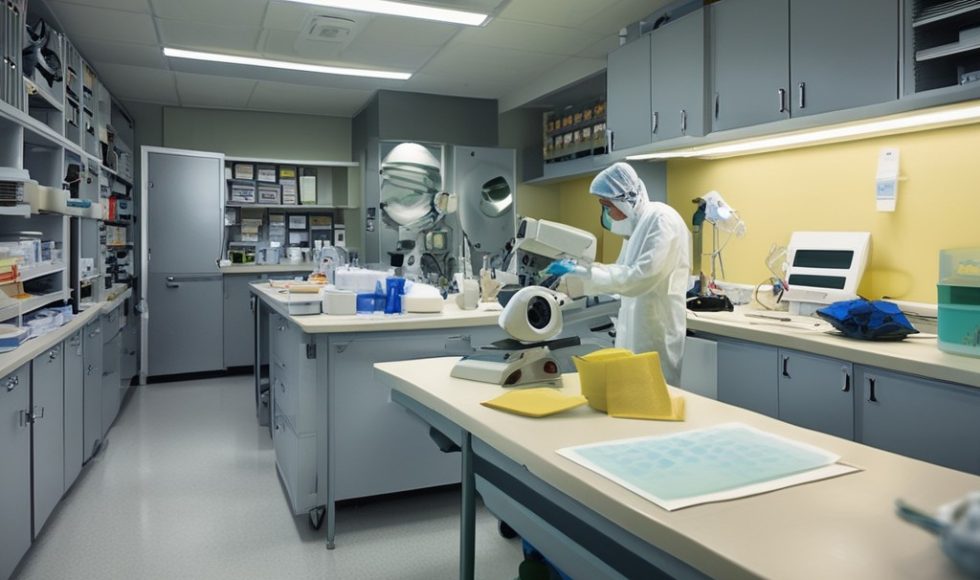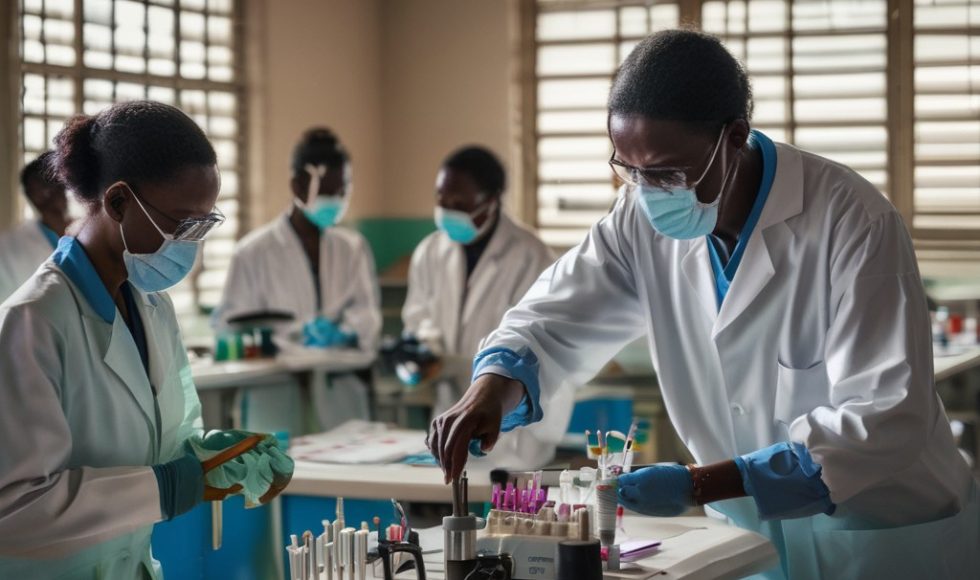We start the Portable Genome Sequencing course tomorrow! I wanted to review the latest Oxford Nanopore Technologies (ONT) recommendations for extracting DNA and RNA. The London Calling 2024 session “How to extract high-quality DNA and RNA” was the one I watched tonight. Vania Costa, a Field Applications Scientist with ONT, presented this ONT Masterclass. This […]
Bosheng Li from the Institute of Advanced Agricultural Sciences of Peking University in China presented at London Calling 2024. The session’s title was “Plant T2T genome assembly using ultra-long and adaptive nanopore sequencing.” They spoke about the importance of ultra-long reads. These reads produce N50 length >100 kb. These are crucial in the assembly of […]
Stephen Meyn from the Center for Human Genomics and Precision Medicine at the University of Wisconsin-Madison presented at London Calling 2024. The session title was “BadgerSeq: a deecentralized model for ultra-rapid, long-read, whole-genome sequencing.” Meyn spoke about rare genetic disorders in the NICU and the importance of diagnosis. Meyn emphasized the need for speed and […]
Morghan Lucas from the Medical Genetics Center in Germany presented at London Calling 2024 on “Genetic and epigenetic profiling of FSHD by nanopore sequencing.” Facioscapulohumeral muscular dystrophy (FSHD) is a genetic muscle disease affecting the muscles of the face, shoulders, and upper/lower limbs, Lucas explained. It is the third most common muscular dystrophy: 1:20,000. The […]
Tonight, I watched Rhys White from the Institute of Environmental Science and Research in New Zealand present “Real-time genomic surveillance with nanopore sequencing.” They have started a collaboration with the Wellington Regional Hospital. The goal was to make Nanopore sequencing accessible to the clinical lab. The team used a MinION device to sequence blood and […]
Logan Mulroney from the EMBL-EBI & Center for Genomic Science at the Italian Institute of Technology in Italy presented at London Calling 2024 “A survey of human RNA modifications by direct RNA nanopore sequencing.” Mulroney described RNA modifications as “chemical alterations to canonical nucleotides” and mentioned that they have been implicated in diseases such as […]
Alex Shaw from the Imperial College London in the UK spoke at London Calling 2024 about “Early detection of poliovirus outbreaks in the DRC from 2021-2022.” They have been doing poliovirus sequencing training with partners for several years, focusing on direct sequencing methods with Nanopore: Direct molecular Detection and Nanopore Sequencing (DDNS). Shaw explained that […]
Temitayo A. Olagunju from the University of Idaho presented at London Calling 2024 on “Assembling a T2T cattle genome with Oxford Nanopore reads.”The breed of cattle they focused on is the gyr, with a characteristic hum on the back and important for milk production. They are often intercrossed/interbred with other bos cattle for their features […]
Tonight, I watched Jade Foster from the University of Southampton in the UK present at London Calling 2024. The session’s title was “Identifying m6A RNA modifications in neuroblastoma cell lines.” They explained that epitranscriptomics describes the modification of RNA molecules. There are over 150 RNA modifications determined by readers, writers, and erasers! This process is […]
Umran Yaman from the UK Dementia Research Institute at University College London in the UK presented at London Calling 2024 on “Long-read transcriptomics shows synaptic adaptation to amyloid pathology in Alzheimer’s.” Yaman is a Ph.D. candidate and described how the accumulation of amyloid drives microglial activation. They performed long-read sequencing of cDNA from mice. They […]








